Levothyroxine sodium
Synonym(s):L -Thyroxin monosodium salt hydrate;3,3′,5,5′-Tetraiodo-L-thyronine monosodium salt hydrate;Levothyroxine sodium hydrate;Sodium O-(4-hydroxy-3,5-diiodophenyl)-3,5-diiodo-L -tyrosine hydrate
- CAS NO.:55-03-8
- Empirical Formula: C15H12I4NNaO4
- Molecular Weight: 800.87
- MDL number: MFCD00149110
- EINECS: 200-221-4
- SAFETY DATA SHEET (SDS)
- Update Date: 2025-12-11 08:41:34
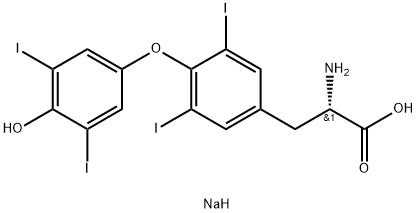
What is Levothyroxine sodium ?
Chemical properties
Levothyroxine sodium is White Solid
Originator
Synthroid,Flint,US,1953
The Uses of Levothyroxine sodium
One of the thyroid hormones involved in the maintenance of metabolic homeostasis. Synthesized and stored as amino acid residues of thyroglobulin, the major protein component of the thyroid follicular colloid. Synthesis and secretion are regulated by the pituitary hormone (TSH). Deiodinated in peripheral tissues to the active metabolite, liothyronine. The D-form has very little activity as a thyroid hormone, but has been used to treat hyperlipidemia.
What are the applications of Application
Thyroxine Soduim Salt is a thyroid hormone involved in the maintenance of metabolic homeostasis
Definition
ChEBI: The sodium salt of L-thyoxine. It is used as replacement therapy in the treatment of hypothyroidism.
Indications
Levothyroxine sodium (Levothroid, Synthroid, Levoxine)
is the sodium salt of the naturally occurring levorotatory
isomer of T4. It is the preparation of choice for
maintenance of plasma T4 and T3 concentrations for
thyroid hormone replacement therapy in hypothyroid
patients. It is absorbed intact from the gastrointestinal
tract, and its long half-life allows for convenient oncedaily
administration. Since much of the T4 is deiodinated
to T3, it is usually unnecessary to use more expensive
preparations containing both T4 and T3.The aim
is to establish euthyroidism with measured serum concentrations
of T4, T3, and TSH within the normal range.
The TSH-suppressive effects of exogenous T4 also
prove useful in removing the stimulatory effects of TSH
on the thyroid gland in the management of simple
nonendemic goiter, chronic thyroiditis, and TSHdependent
thyroid carcinoma.
Manufacturing Process
A 9.30 g portion of N-acetyl-L-diiodotyrosinamide was suspended in 100 ml of 0.05M boric acid (H3BO3) and 100 ml of 95% ethanol, and the solid was dissolved by adjusting the pH to 10.5 with 2N sodium hydroxide (NaOH). A 15% (by weight) portion of manganese sulfate monohydrate was added and the solution heated at 44°C under conditions of oxygenation while being agitated mechanically. After approximately 24 hours of incubation, the precipitated product was collected and separated from the catalyst, providing the amide of N-acetyl-L-thyroxine in 30.6% yield. On hydrolysis (removal of both amide functions), achieved by refluxing in glacial acetic acid-hydrochloric acid (approximately 2:1), L-thyroxine is obtained. It was isolated as the sodium salt, containing approximately 5 molecules of water of hydration.
brand name
Levo-T (Alara); Levolet (Vintage); Levothroid (Lloyd); Levoxyl (Jones); Novothyrox (Genpharm); Synthroid (Abbott); Unithroid (Stevens J).
Therapeutic Function
Thyroid hormone
General Description
Levothyroxine sodium,O-(4-hydroxy-3,5-diiodophenyl)-3,5-diiodo-2-tyrosinemonosodium salt, hydrate (Synthroid, Letter, Levoxine,Levoid), is the sodium salt of the levo isomer of thyroxine,which is an active physiological principle obtained from thethyroid gland of domesticated animals used for food by humans.It is also prepared synthetically. The salt is a light yellow,tasteless, odorless powder. It is hygroscopic but stablein dry air at room temperature. It is soluble in alkali hydroxides,1:275 in alcohol, and 1:500 in water, to give a pH ofabout 8.9.
Clinical Use
Liothyronine sodium occurs in vivo together withlevothyroxine sodium; it has the same qualitative activitiesas thyroxine but is more active. It is absorbed readily fromthe gastrointestinal tract, is cleared rapidly from the bloodstream,and is bound more loosely to plasma proteins than isthyroxine, probably because of the less acidic phenolic hydroxylgroup.Its uses are the same as those of levothyroxine sodium,including treatment of metabolic insufficiency, male infertility,and certain gynecological disorders.
Veterinary Drugs and Treatments
Levothyroxine sodium is indicated for the treatment of hypothyroidism in all species.
Properties of Levothyroxine sodium
| Melting point: | 207-210 (dec.)(lit.) |
| alpha | D20 -4.4° (c = 3 in 70% ethanol) |
| Density | d420 2.381 |
| storage temp. | Keep in dark place,Inert atmosphere,2-8°C |
| solubility | cell culture medium: 0.1 mg/mL |
| form | powder |
| color | Off-white to light yellow |
| Stability: | Hygroscopic |
| EPA Substance Registry System | Levothyroxine sodium (55-03-8) |
Safety information for Levothyroxine sodium
| Signal word | Danger |
| Pictogram(s) |
 Skull and Crossbones Acute Toxicity GHS06  Exclamation Mark Irritant GHS07 |
| GHS Hazard Statements |
H315:Skin corrosion/irritation H319:Serious eye damage/eye irritation |
| Precautionary Statement Codes |
P264:Wash hands thoroughly after handling. P264:Wash skin thouroughly after handling. P270:Do not eat, drink or smoke when using this product. P280:Wear protective gloves/protective clothing/eye protection/face protection. P405:Store locked up. P501:Dispose of contents/container to..… |
Computed Descriptors for Levothyroxine sodium
| InChIKey | JMHCCAYJTTWMCX-QWPJCUCISA-M |
Levothyroxine sodium manufacturer
New Products
4,4-Difluoropiperidine hydrochloride tert-butyl 9-methoxy-3-azaspiro[5.5]undecane-3-carboxylate Indole Methyl Resin N-Isopropylurea N,N-Dicyclohexylcarbodiimide(DCC) MELDRUMS ACID 5-METHYLISOXAZOLE-4-CARBOXYLIC ACID Magnessium Bis glycinate Zinc ascorbate 1-bromo-2-butyne 2-acetamidophenol 9(10H)-anthracenone Erythrosin B, 4-Piperidinopiperidine 2-((4-morpholinophenylamino) (methylthio) methylene) malononitrile 2,4-dihydroxybenzaldehyde 3-(4-morpholinophenylamino)-5-amino-1H-pyrazole-4-carbonitrile Methyl 2-methylquinoline-6-carboxylate 2,6-dichloro-4-nitropyridine 4-Bromo-2-chlorobenzonitrile 2-(benzylamino)acetic acid hydrochloride 4-(tert-Butoxycarbonylamino)but- 2-ynoic acid 3,4-dihydro-2H-benzo[b][1,4]dioxepine 1-Phenyl-1-cycloprppanecarboxylicacidRelated products of tetrahydrofuran
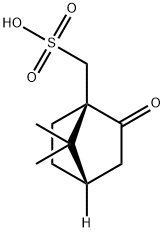

![6-(Difluoromethoxy)-2-[(S)-[(3,4-dimethoxy-2-pyridinyl)methyl]sulfinyl]-1H-benzimidazole sodium salt](https://img.chemicalbook.in/CAS/GIF/160488-53-9.gif)
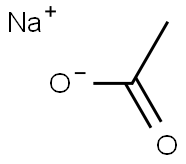

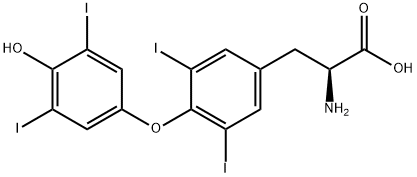
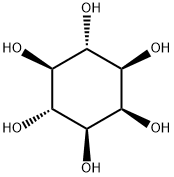

You may like
-
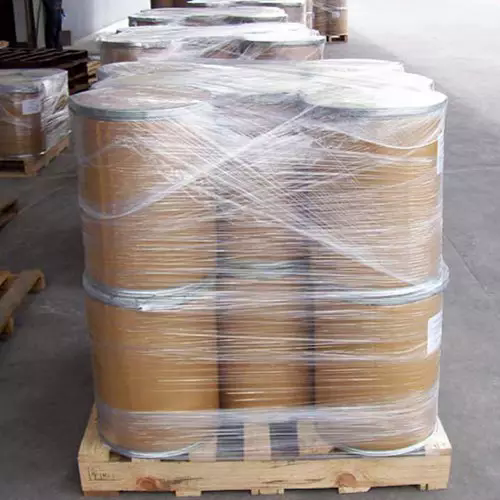 55-03-8 / 50809-32-0 Levothyroxine sodium 98%View Details
55-03-8 / 50809-32-0 Levothyroxine sodium 98%View Details
55-03-8 / 50809-32-0 -
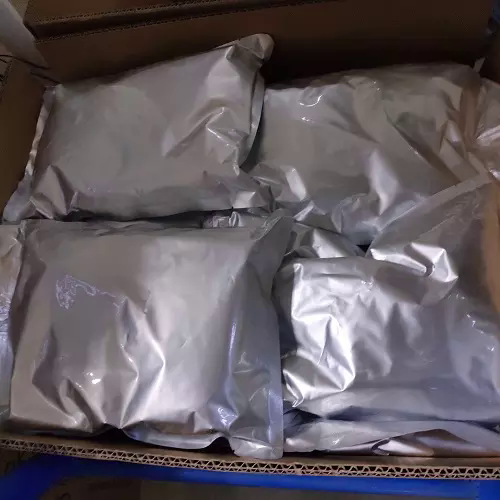 55-03-8 / 50809-32-0 99%View Details
55-03-8 / 50809-32-0 99%View Details
55-03-8 / 50809-32-0 -
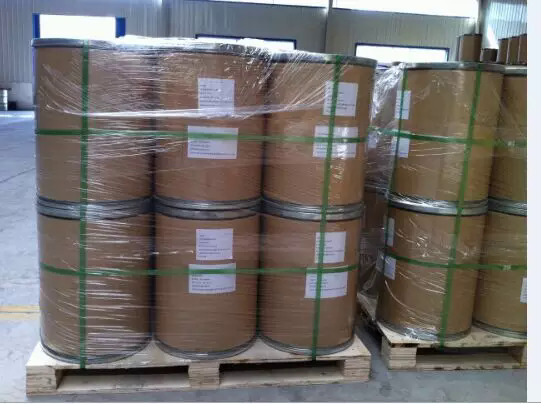 Levothyroxine sodium 98%View Details
Levothyroxine sodium 98%View Details
55-03-8 / 50809-32-0 -
 Levothyroxine sodium 97% CAS 55-03-8View Details
Levothyroxine sodium 97% CAS 55-03-8View Details
55-03-8 -
 Levothyroxine for peak identification CAS 55-03-8View Details
Levothyroxine for peak identification CAS 55-03-8View Details
55-03-8 -
 Levothyroxine Sodium 88 mcg TabletsView Details
Levothyroxine Sodium 88 mcg TabletsView Details
55-03-8 -
 Levothyroxine Sodium 75mcgView Details
Levothyroxine Sodium 75mcgView Details
55-03-8 -
 20677-73-0 (2,2-diethoxyethyl)methylamine 98%View Details
20677-73-0 (2,2-diethoxyethyl)methylamine 98%View Details
20677-73-0
